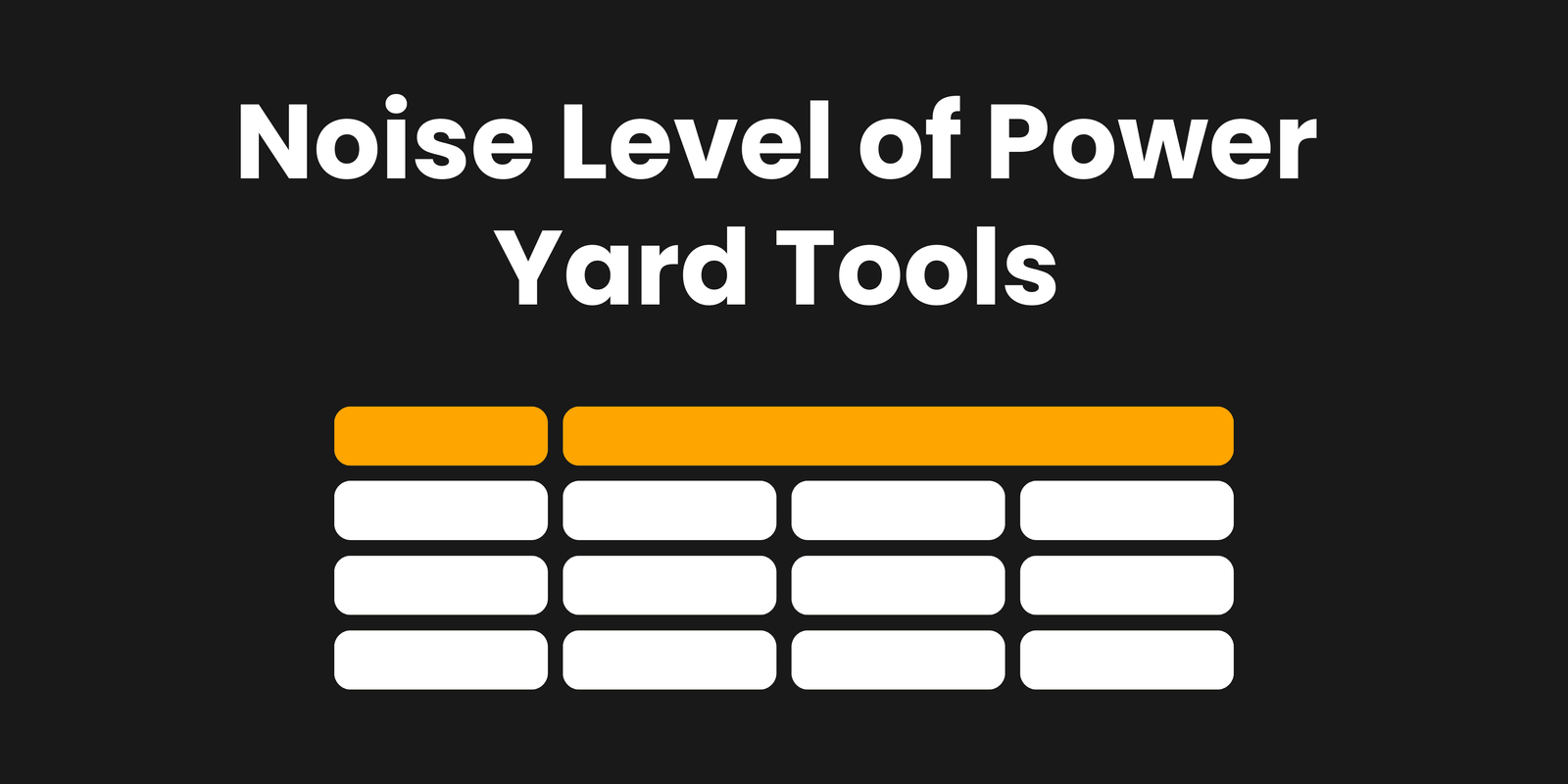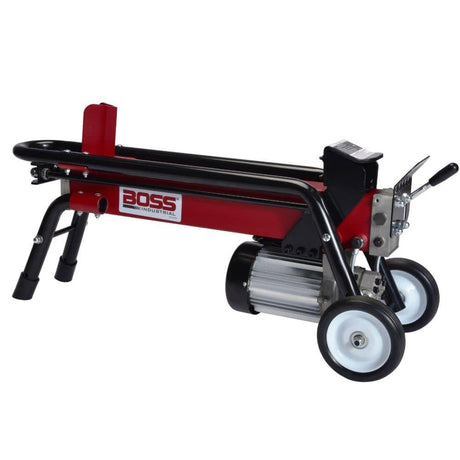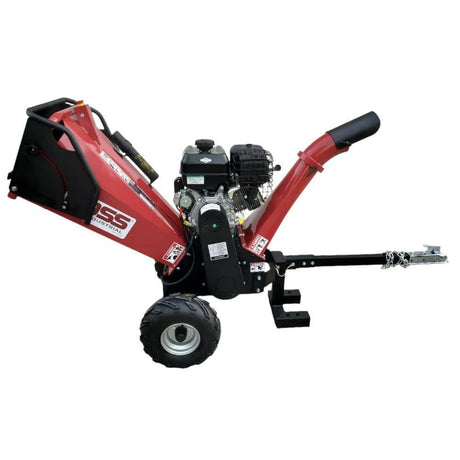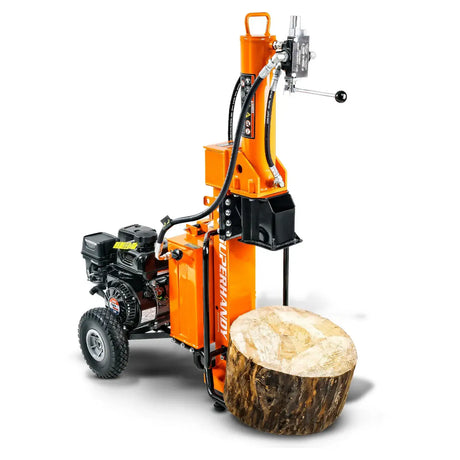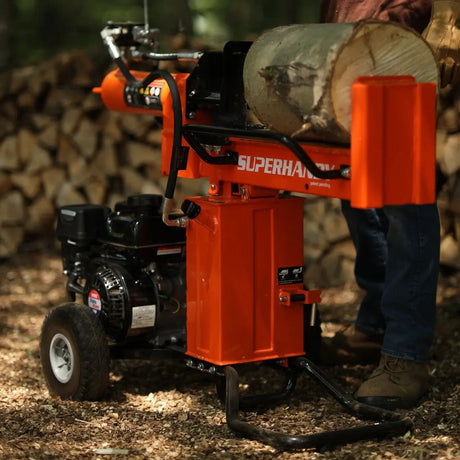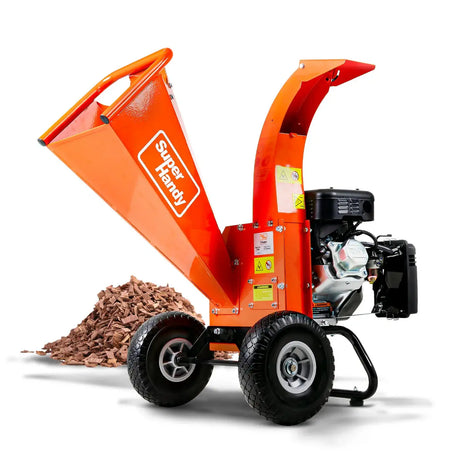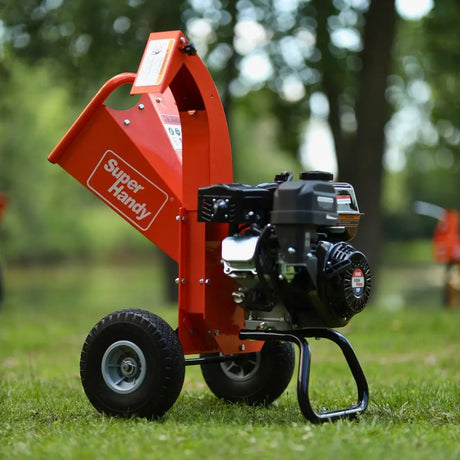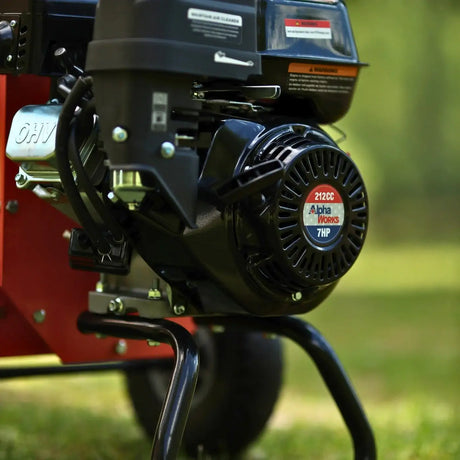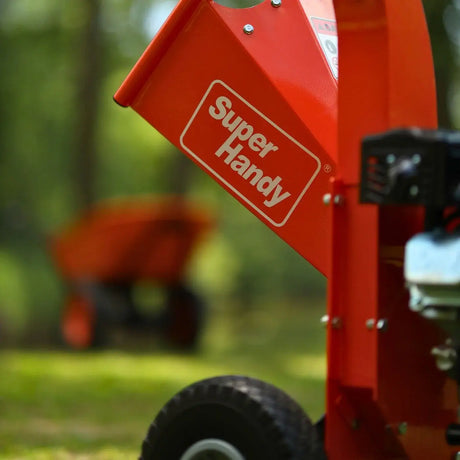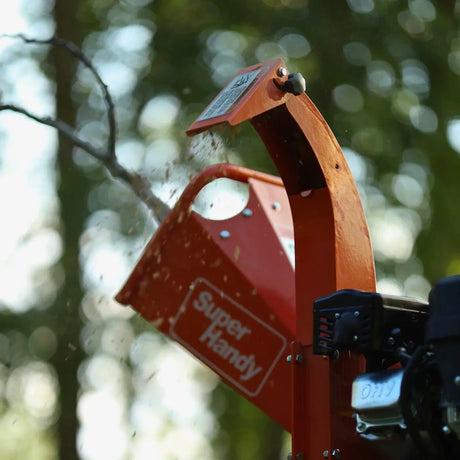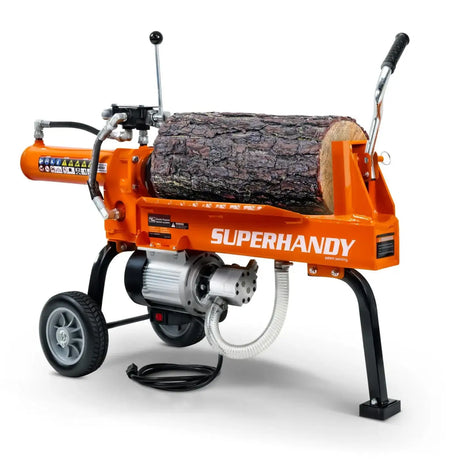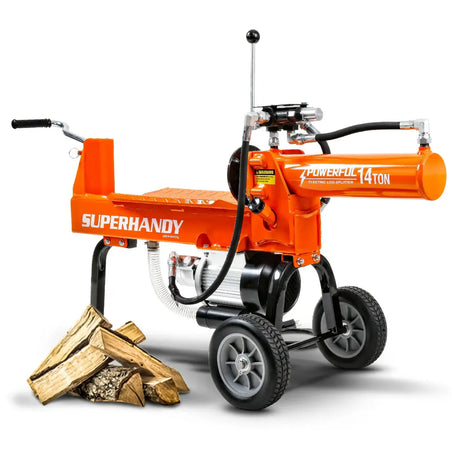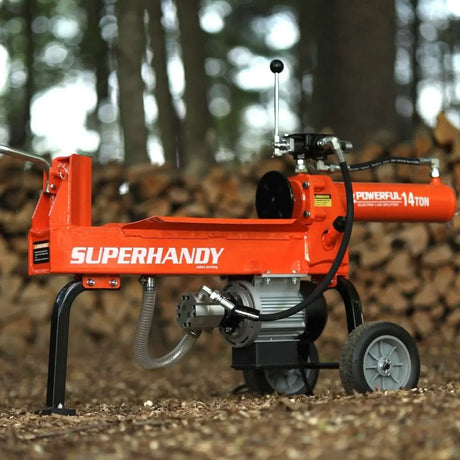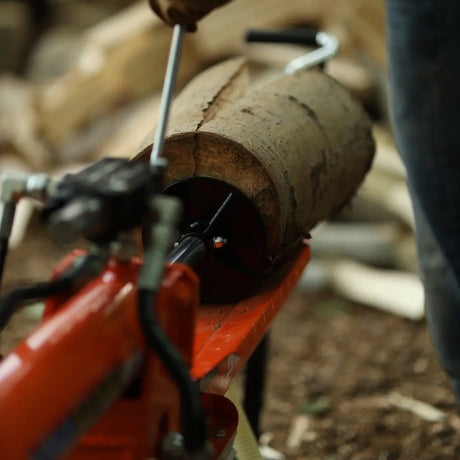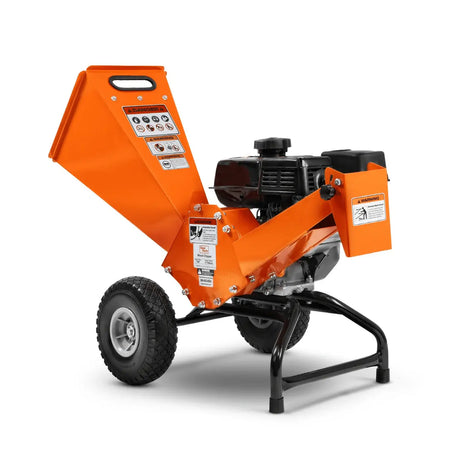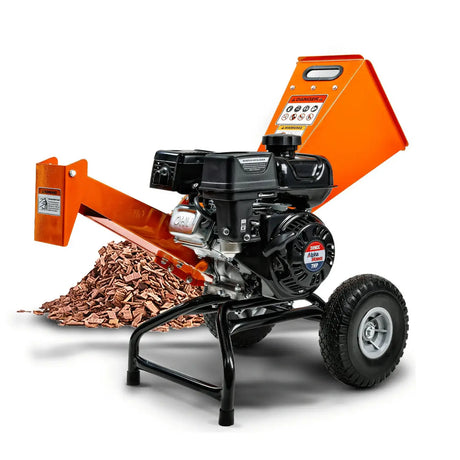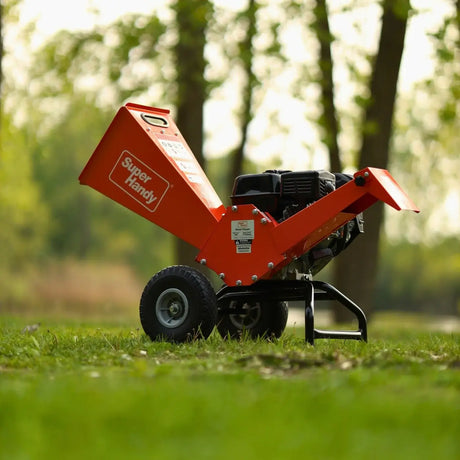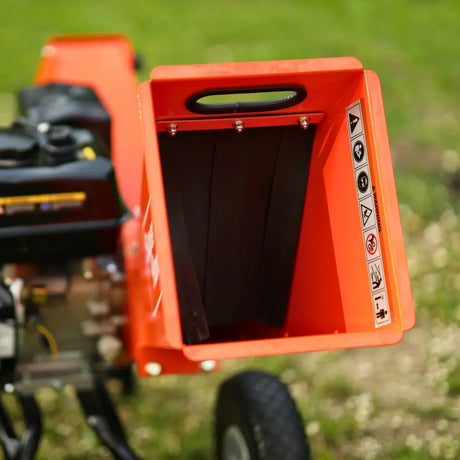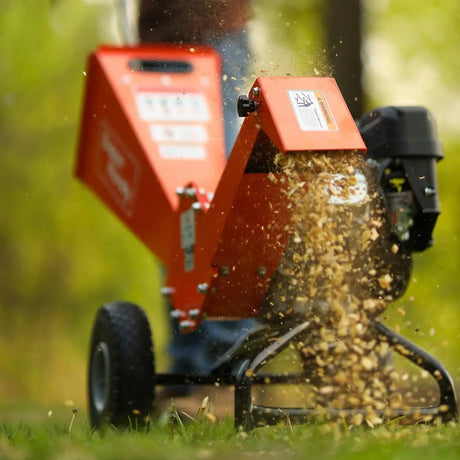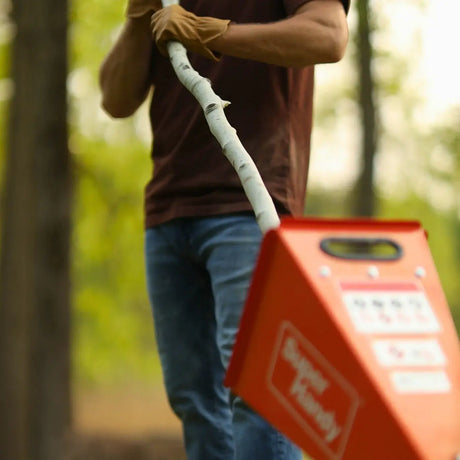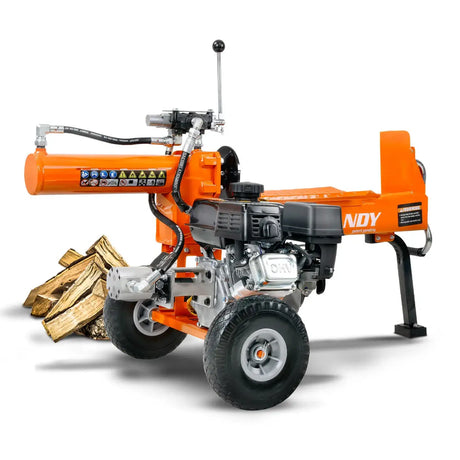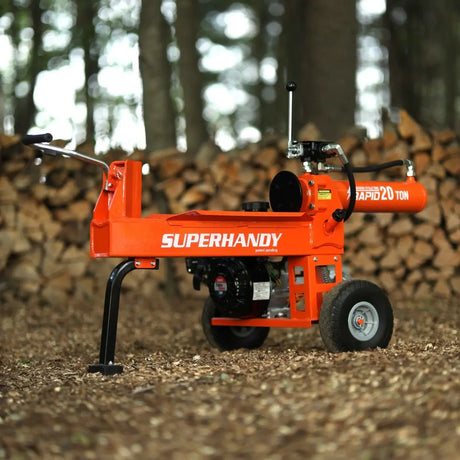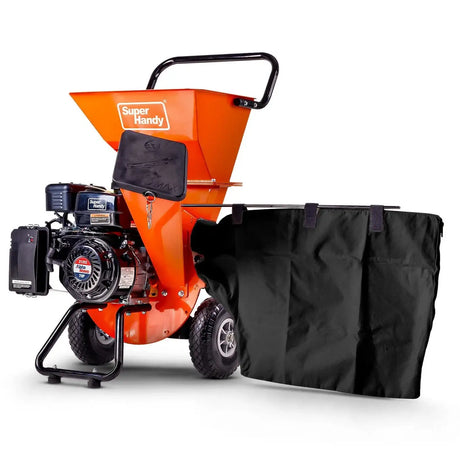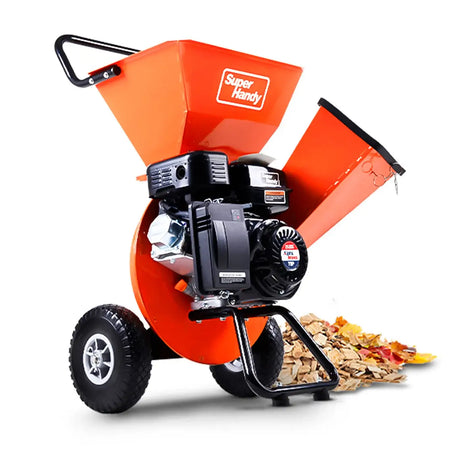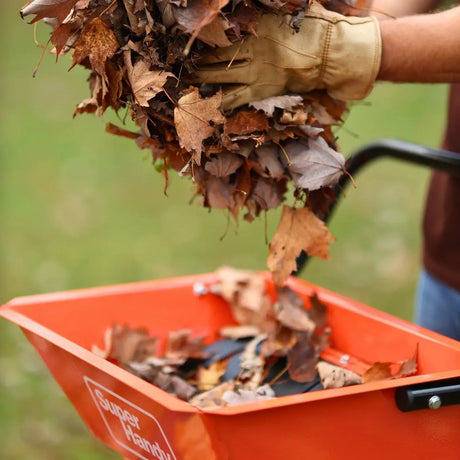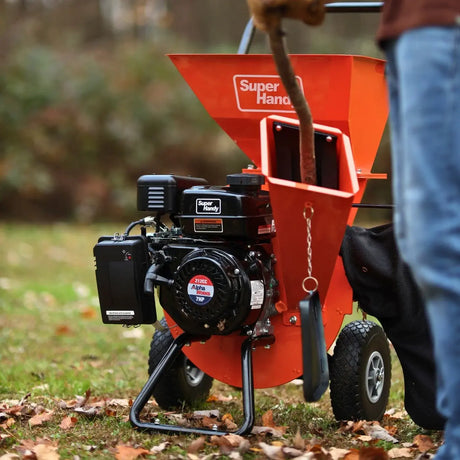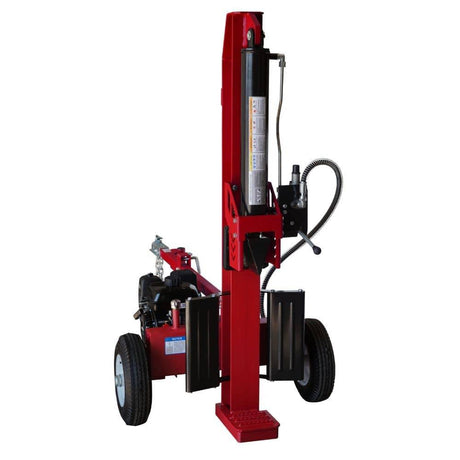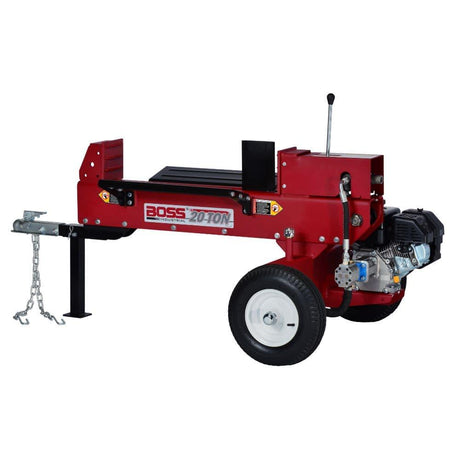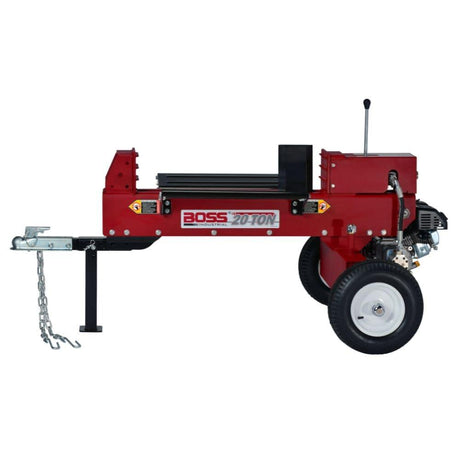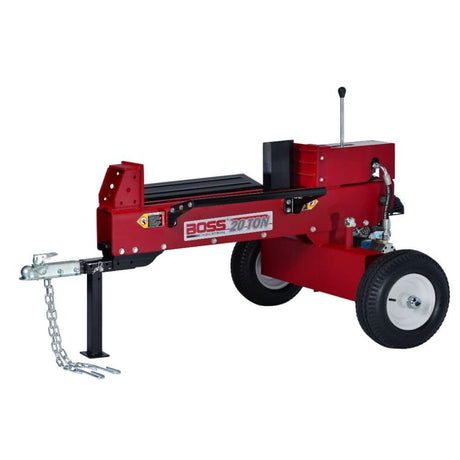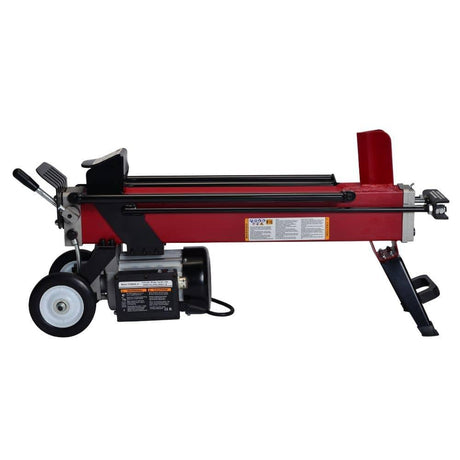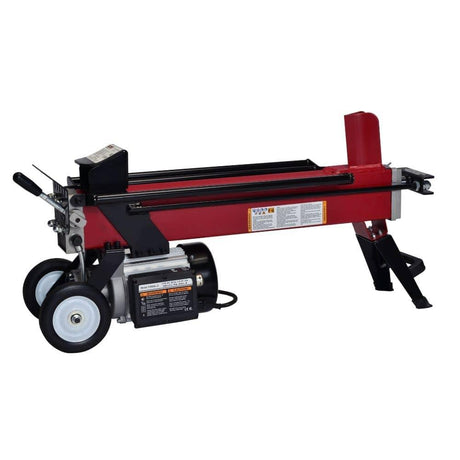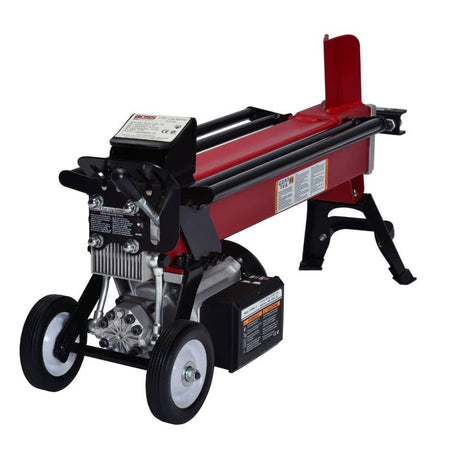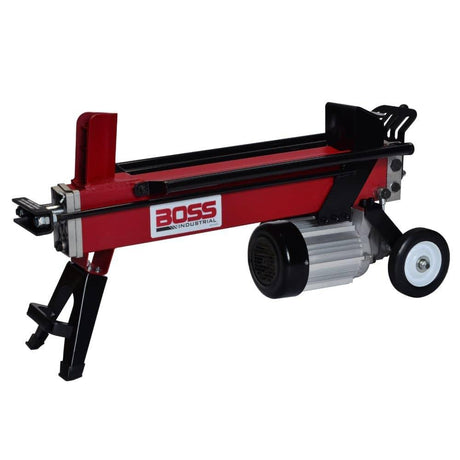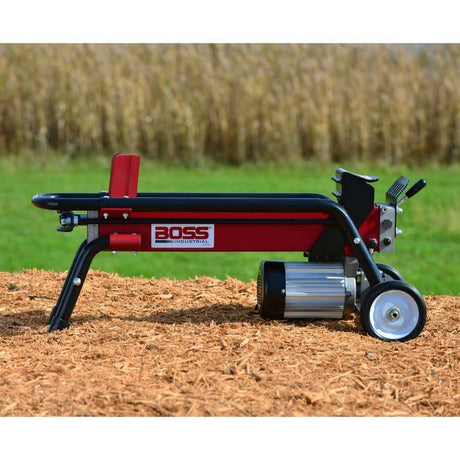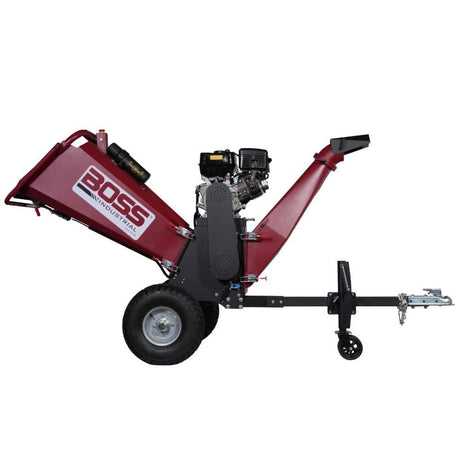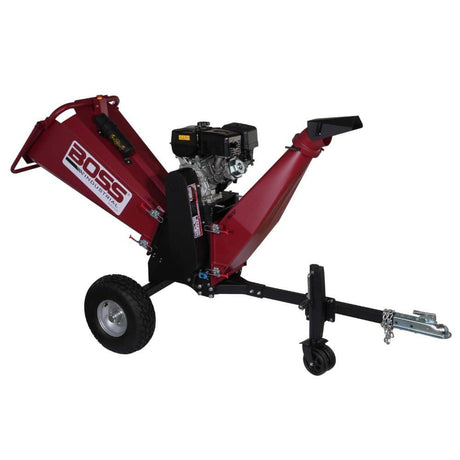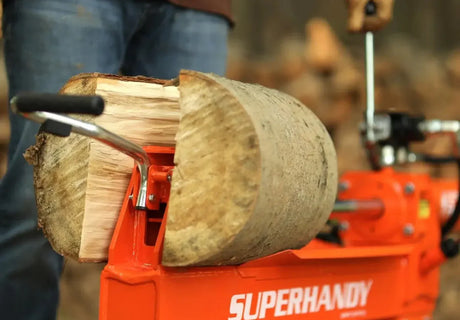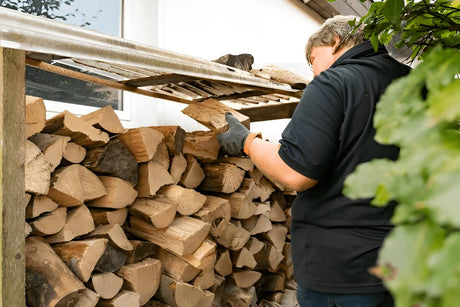Ever fired up a gas chainsaw and felt your ears ring after just a few minutes? That's no surprise-power yard tools are some of the loudest machines on your property. And the difference in noise between gas and electric tools? It's bigger than most folks realize.
To make sure you stay on the right side of local restrictions, check out our Outdoor Tool Noise Laws by State: Leaf Blowers, Mowers & More for a breakdown of allowable hours and decibel limits in your area.
Let's break down how loud your yard tools really are-and which ones are easier on your ears (and your neighbors).
If you’re curious about the best gear for quieter yard work, check out our Top 7 outdoor tools that make yard work way easier for more ideas.
Key Takeaways
- Gas-powered tools often hit 100-120 dB-louder than a rock concert.
- Electric models stay mostly under 85 dB, but still need ear protection for extended use.
- Chainsaws, blowers, and stump grinders are among the loudest tools on the list.
- Choosing electric tools can drastically cut noise and reduce hearing damage risks.
Gas vs Electric Yard Tools: Noise Level Comparison Chart
Here's a side-by-side breakdown of common power yard tools and how their gas vs electric noise levels compare in decibels (dB). Use it to make smart tool choices based on your environment and hearing safety.
| Tool | Gas-Powered Noise Level (dB) | Electric Noise Level (dB) | Notes |
|---|---|---|---|
| Chainsaw | 110–120 | ~85 | Gas chainsaws are extremely loud; electric are quieter but still need protection. |
| Lawnmower | 90–100 | 75–85 | Gas models are louder; electric models quieter and safer for hearing. |
| Leaf Blower | 95–115 | 65–85 | Gas blowers exceed 100 dB; electric are significantly quieter. |
| Hedge Trimmer | ~90 | 82–87 | Electric trimmers are quieter and ideal for neighborhoods. |
| Pressure Washer | 85–100 | ~70 | Electric washers are quieter but less powerful than gas. |
| Generator | 75–85 at 3.5 ft | ~60–70 | Electric generators produce less noise pollution. |
| Wood Chipper | 100–120 | ~90 | Electric wood chippers are quieter but less powerful. |
| Stump Grinder | ~114 | ~85 | Electric stump grinders are rare and quieter. |
| Log Splitter | ~80–90 | ~70 | Electric splitters are quieter, better for residential areas. |
What This Table Shows
This table compares:
- Common power yard tools (chainsaws, mowers, blowers, etc.)
- Average noise levels for gas-powered vs electric versions
- Notes on how those levels impact real-world use
All dB ratings are measured close to the operator. Remember: 85 dB is the danger zone-anything above that can cause permanent hearing damage over time.
To make sure you’re following local regulations, see our Outdoor tool noise laws by state: Leaf Blowers, Mowers & More for details on restrictions.
How to Use This Data in Real Life
🧠 1. Choose the Right Tool for Your Environment
- Live in a quiet neighborhood? Go electric. Your neighbors (and ears) will thank you.
- Need raw power on a big property? Stick with gas-but gear up with hearing protection.
🛠️ 2. Use Tools Smartly
- Operate loud tools (chainsaws, chippers, stump grinders) midday to avoid complaints.
- Stand farther from the source-every doubling of distance cuts the perceived noise by ~6 dB.
🧏 3. Protect Your Hearing
- Tools over 85 dB? Always wear hearing protection-earmuffs or plugs with a Noise Reduction Rating (NRR) of 25+.
- Even "quiet" electric tools can cause cumulative damage if used for hours.
❌ 4. Avoid Common Mistakes
- Don't assume electric = silent. A 70-85 dB tool used for 2+ hours can still hurt your hearing.
- Don't skip protection just because the job is quick-hearing loss is permanent.
Final Thoughts
Noise from yard tools isn't just annoying-it's a real health risk. Understanding how loud your tools are helps you work smarter, protect your hearing, and be a better neighbor.
If you're running gear regularly-especially on a residential property-going electric where possible is a smart move. And if you're sticking with gas? Suit up and stay safe.

